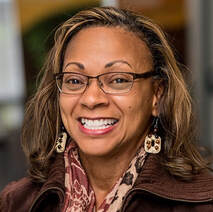 Listen to the episode using the above player or by clicking the link to your preferred podcast platform below: For those of you who haven’t heard any previous episodes with Dr. Cherie Bridges Patrick, she is the founder of Paradox Cross-Cultural Consulting, Training and Empowerment, LLC. She is a racial justice consultant, leadership coach and psychotherapist. She works with social workers, counseling professionals, educators, and organizational leaders. And she uses a trauma focused lens in her work to build leadership capacity for racial justice. Cherie holds a PhD in leadership and change, and her research is in racism, denial, discourse, racial justice, social work and the helping professions like education. Healing Brings Us Closer to Justice Dr. Cherie Bridges Patrick is so inspiring for her continuous work in healing as a means of social justice. She knows that getting to justice comes from multiple avenues. She was particularly drawn to what healing could do for people dealing with intense feelings and trauma after experiencing racism, violence, discrimination, and more. She said healing is a necessary step in order to get to liberation because you can’t truly enjoy liberation for yourself if you aren’t healing from all the systems of oppression that seek to control you. Trauma & Polyvagal Theory One fascinating topic that Dr. Patrick has studied lately is polyvagal theory. Polyvagal theory, developed by Stephen Porges, is a theory that the vagus nerve serves an important role in emotional regulation, social behavior, and fear response. Trauma has a connection to this nerve, and our nervous system overall, because of the way that trauma shapes us and our communication with others. When someone has trauma, they feel a loss of safety which can prevent them from being able to open up to others. The challenge for teachers, parents, and community members is helping create the conditions for those individuals to feel safe not just in the environment, but in their presence. “When we can understand our own sense of safety, when I can feel safe in my body, in my skin, my nervous system is regulated...that is what I can do to contribute to safety. Stephen Porges talks about how safety is not just the absence of threat, it is the presence of cues of safety. Right, and so that means we have to understand the cues of safety—the cues that can contribute to people feeling safe and then be able to embody those.” How to Be Someone That Signals Safety It’s time to rethink that notion that we can create a “safe space” for others. It’s not for us to decide if an environment/group feels safe, right? What we can work on is our own discourse and body language. This requires us to get in touch with our own nervous systems. Paying attention to your breathing, intonation, and more is a great practice that will help you and your fellow school community. Bringing awareness into your body as you navigate through the day could help you figure out what things get you from one state to another. Drinking some more water, doing deep breathing, massaging your muscles, getting out of limiting beliefs—these are all potential ways you could enter into a different state with more calm and ease. Teachers and leaders have the opportunity to co-regulate with students and display cues of safety that students will need to perceive if they want to talk about trauma and injustices. If you want to start striving for this today, learn more about your autonomic nervous system. Get a good idea of how it functions. Then you can read about the body’s three main responses that are dependent upon the input that the brain receives from the situation/environment around a person. To dive deeper into learning how to engage students, I have great news! You can register for my free 1 hour masterclass HERE or below. For more, check out my Curriculum Boot Camp course or the “Just the Protocols” module now so you can create your own project-based units grounded in justice in no time at all! Continue the conversation below in the comment section and join our community of educational visionaries on Instagram, LinkedIn, and Facebook. Until next time leaders, continue to think big, act brave, and be your best self.
0 Comments
Listen to the episode using the above player or by clicking the link to your preferred podcast platform below: Why We Constantly Forget Our Goal to Not Do Too Much This year there is one thing we can all do to improve our mental health and performance—take back more time and energy for ourselves. Who here can’t help but be an overachiever? Who finds themselves doing it all no matter how many times you’ve said “okay one thing at a time”? I bet almost all of us would be raising our hand right now. And it makes sense. Doing too much is almost...too easy. I admit, I have a history of overextending myself. As a motivated teacher, business owner, coach, partner, etc, there are a lot of opportunities to join new initiatives, committees, and projects. When a friend or school tells me about the work this one organization is doing, the excitement interrupts the voice of reason. Excitement is a big motivator for us. We get excited when we get the chance to learn something new because we are life-long learners. It’s the excitement to get loud and disrupt oppression that gets us on board. It’s the excitement of imagining our students coming to life when they enter our class that gets us to experiment with new strategies over and over until we get it right. While it’s great to see how passionate teachers and leaders are, it’s not so great to see how overcommitting is affecting our minds and bodies over time. Every time I have overextended myself, I’ve noticed a sharp decline in my energy and a limitation in the capacity I have for the people I serve. There’s a set of phrases a friend once shared with me: "I'm having a rope day” or "I'm having a string day”. On “rope days”, there is room for doing more and feeling like tasks are attainable. Other people can hang on the rope with me. But on “string days”, all of that is gone. There’s nothing more we can give because we’re exhausted and the string will break if anyone else grabs on. It’s my hope that all of us will be able to have many more rope days than string days from now on. We have to learn how to stop letting it get to that point of burnout. We have to take some preventative measures. This year, it’s a big year of transition coming back from the pandemic and figuring out how to stay innovative with your teaching. There is more pressure to support your students as they navigate these times. Colleagues may also turn to us for feedback or to step in when something comes up. So as you can see, the entire school stands to benefit from you showing up as your best self. My #1 Tip For Staying Your Best Self Here’s how I suggest planning: Rather than thinking about what needs to be taken off your plate, start with an empty plate and go from there. You have a limited capacity which you can visualize as a small plate with only enough room for a few options. What you decide to put on that plate is very important; It could be something that checks off multiple boxes (like a food that has carbs, fats, and protein) if it’s going to take up valuable room on your plate. The things that I found most important to check off in my day were: supplying my students with information through a resource, making space for them to process that information, and then giving them an opportunity to apply that knowledge to some sort of project/assessment. As leaders, we need to have flexibility and be responsive to students and colleagues. For you, this could look different. It doesn’t matter why you choose to put this one thing on your plate instead of that other one because you see the value in focusing on that and that’s what will drive good results. “Making sure we have the ability to be flexible when challenges arise and that we're able to take time to listen to students, to colleagues, to families, is critical not just for individuals, but also for community and collective well being. That's what the school year calls for; and to do this well, we need to have only the essentials on our tiny little buffet plates.” Don't Be Afraid to Communicate with Your Leaders Now you may be wondering how you can have this freedom to choose when leaders in the school are telling you to work on A, B, and C. I believe that there are ways to compromise if we’re all willing to be flexible. The things we usually expect teachers to do like grading, emailing, and planning could be automated in some ways. Leaders, make sure you are making time to get feedback from teachers about what they want to change or take off their plate. See how you can support them whether that’s hiring to fill in gaps, outsourcing to another role or eliminating unnecessary processes. My last tip is to have a counselor available for educators to go to during the work day. This is an amazing way to promote their wellbeing. Make sure you sound off below how you are planning to have more rope days this year! To dive deeper into learning how to engage students, I have great news! You can register for my free 1 hour masterclass HERE or below. For more, check out my Curriculum Boot Camp course or the “Just the Protocols” module now so you can create your own project-based units grounded in justice in no time at all! Continue the conversation below in the comment section and join our community of educational visionaries on Instagram, LinkedIn, and Facebook. Until next time leaders, continue to think big, act brave, and be your best self. 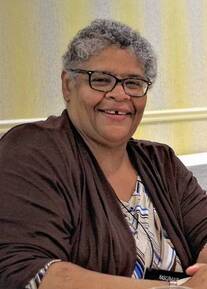
Listen to the episode using the above player or by clicking the link to your preferred podcast platform below: Darcy Fernandes has been working in K-12 education for 25 years. She started her career as a social studies teacher. Ms. Fernandes then moved to become principal of Roosevelt Middle School in New Bedford where she stayed for 5 years. Her major accomplishment in this position was establishing the Amigo Center for parent support with particular emphasis in interpretation and care for ELL families. In addition, Ms. Fernandes began a program called Bridges with the President of Bridgewater State University, 150 students each year received college readiness training and academic support in math, science and ELA. Students recruited for the program were identified as at-risk students. The program is still in existence today. Ms. Fernandes is now the Superintendent of the Athol Royalston Regional School District where she is working to turnaround two schools within the district. Ms. Fernandes has spent her career working in districts with high numbers of low-income families and many of the districts she has worked in have had a high number of minority and ELL students. Ms. Fernandes has come from a background of family members who have advocated for civil rights. It is her honor and privilege to continue this legacy. She is not afraid to speak up for the rights of individuals even when it may not be popular. Treat the Root of the Problem One of the biggest misconceptions Darcy hears about helping low income students or students of color is to keep providing resources and funding without trying to fix the root of the problem. She sees this as inefficient because racism and inequity are continuing to harm multiple schools, teachers and students for every ONE that is supplied with resources. In her mind, it’s a matter of dismantling these structures of oppression if we want things to change for the future. Although Darcy attended an integrated elementary school, the systems were not set up to support the needs of all students. She remembers feeling ‘othered’ along with other students of color. There was a lack of care that went into teaching BIPOC students compared to white students. It wasn’t until college that she had a teacher who wasn’t white. There was no one that she could relate to in a sense. “So for me, I went into education with the understanding of ‘what were these structures about and how could I work to change them?’ so that more kids feel inclusive in school.” We Can Fix This Together Darcy has found through her work that time and time again, there’s a disparity in the funding that schools receive. The schools with white students that come from middle to high class backgrounds typically receive more money than the schools with lower income students. Not to mention, there are AP classes and college level classes being offered only to certain students without any opportunity to help other students master the skills needed to take those courses. Another issue that’s been identified is the lack of inclusivity in textbooks and the lack of diverse thinking. There is always more than one way to approach a subject or event, so why only teach one way of thinking? Being a teacher or school leader who wants to help their students of color shouldn’t stop at the school level. We need to embrace an activist role in order to really take down the structures that hold back many of our students. This means advocating for better policy on a district level or a community/city level. So if we want to bridge the gaps and create better schools for everyone, these are some of the issues we need to focus on. Sharing leadership and involving the community to become part of the solution was a no-brainer for Darcy. She started with having instructional leadership teams go to various schools to observe what was working and what wasn’t. These teams would then meet to talk about what needed to be changed. Recently, she has invited any teacher, student, family member, or community member to join the district's strategic planning process. She believes that giving everyone a seat at the table makes it much easier to figure out why things are happening the way they are. It is also good to have multiple perspectives on a matter so that the plans made in the future minimize the bias. Deciding how to teach during COVID building closures was one example of how the community has collectively decided how to move forward. “We found a really good solution that worked for everyone. And we kept the majority of our kids engaged the whole school year because of that.” What is the Data Telling You? When you pay attention to the data, it tells you a story. It shows you who’s benefiting, who isn’t and so on. Each person in a community will interpret it differently and that’s why we need multiple perspectives at the decision-making table. It’s possible to use those different ideas to form a plan that will work for everyone; a plan that incorporates multiple pieces and voices is just what a school needs to help it’s students thrive! To dive deeper into learning how to engage students, I have great news! You can register for my free 1 hour masterclass HERE or below. For more, check out my Curriculum Boot Camp course or the “Just the Protocols” module now so you can create your own project-based units grounded in justice in no time at all! Continue the conversation below in the comment section and join our community of educational visionaries on Instagram, LinkedIn, and Facebook. Until next time leaders, continue to think big, act brave, and be your best self. 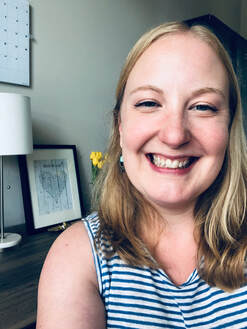
Listen to the episode using the above player or by clicking the link to your preferred podcast platform below:
This is the sixth and final installment of the Curriculum Series. We are talking with Laura Cruz who is an avid reader who has been immersed in stories her whole life. Laura’s motivation comes from setting the stage for authentic human connection and learning. She is the senior manager of Learning and Development at BetterLesson where she designs onboarding, training and feedback systems for over 100 coaches who deliver workshops to teachers on topics ranging from blended learning to anti-racist practices.
Why Students Need A Way to Tell Their Story Laura’s experience with helping students write their story comes from a required autobiography class she started teaching. The course's mastery-based projects asked each student to write their own three-chapter autobiography/memoir, a literary analysis paper of a memoir published by an author, and one art component. The completed projects were then presented to a panel of teachers that were outside of the class. Those teachers would then use mastery based grading to determine if the student had mastered the skills. Laura said “My dream for this course was really about allowing my students to figure out their identity or reflect on their identity and really dig into what does that mean and who am I?” It is a special thing to be able to hear or read another person’s story whether it comes from a well-known author or a student. Student’s need the opportunity to tell their story. Creating a memoir is one way to achieve that. When a student tells their story, they get the power to decide what they want to talk about. Keep in mind there are so many identities to young adults other than “student”. They have to grapple with all of their identities and which ones have the biggest impact on their life. They have to determine what belongs in the story as something that’s shaped their journey. Another benefit of dedicating class time to this is it fosters compassionate relationships between students. Classmates are usually very supportive of each other’s work and they can relate to the physical and mental work it takes to produce a piece like this. They can relate to the walls that they come up against at certain points in the project. Looking For Something Better Something that was very important to Laura in teaching was to give better opportunities to her students who were from low income families and marginalized. As a white woman, she felt a responsibility to acknowledge the privileges she had compared to her students and find a way to bring a high quality learning experience to the class. She said being a part of a consortium school is great because these types of leaders look for the best way to help a student learn not just the traditional way. For example, they’ve recognized how unfair standardized testing is to students and pivoted to a better method of assessment. Creating the autobiography course took some backwards planning in order to set it up for success. She had to start with visualizing what that final literary paper would look like and what students would need to demonstrate at the end. Then it was a matter of naming chapter requirements and adding in things students could read to get inspiration. The middle would be all about working on things to build sentence writing skills, topics, etc. Then there would need to be teaching on different writing styles with examples so that students could decide which kind they wanted. Laura used an activity throughout the course called memory moments. “We really dig into the writing style and then they would write in response with their own story so that they had all these drafts that we could then figure out okay what are the three stories you really want to tell in this final autobiography piece.” As students finished off this course, the feedback that they shared was a sign that overall, the course was serving them well. Students acknowledged how it was more of a challenge than expected. But getting through the challenges pushed them to grow. Other students shared how they enjoyed using their creativity in writing these stories. They enjoyed putting whatever spin they wanted on it whether it was funny, adventurous, touching, or something else. Human connection is an element that isn’t found in just any class, that’s what makes this one particularly special. To dive deeper into learning how to engage students, I have great news! You can register for my free 1 hour masterclass HERE or below. For more, check out my Curriculum Boot Camp course or the “Just the Protocols” module now so you can create your own project-based units grounded in justice in no time at all! Continue the conversation below in the comment section and join our community of educational visionaries on Instagram, LinkedIn, and Facebook. Until next time leaders, continue to think big, act brave, and be your best self. Listen to the episode using the above player or by clicking the link to your preferred podcast platform below: Make it simple with a unit arc During my third year of teaching, I remember first hearing about unit arcs while sitting with my curriculum coach at the time. I was amazed at the possibility of using a handful of protocols again and again to save me so much time and energy as a teacher. As you’ll see, making your own unit arc doesn’t have to be scary. But it is a critical part of creating your own curriculum plans for your class. If you’re wondering what a unit arc is, it’s the pattern of purposeful learning experiences in which students engage throughout a unit. Establishing a pattern makes it predictable and simple for you to do each year. For a successful learning experience, make sure it is student-centered. The teacher should minimize their involvement while giving students the reins in solving challenges. Purposeful Protocols So what are the protocols that make up a unit arc? Behind each protocol should be a purpose. The four protocol purposes that I thought of after reading El Education’s protocols are as follows:
You definitely don’t have to come up with a hundred protocols. I recommend that you choose between 3 to 5 protocols using these 4 purposes. “Once I developed my own unit arc for my courses, I no longer spent hours determining which activity to prepare for each lesson.” Unit arc examples Unit arcs will vary from subject to subject, grade to grade, and teacher to teacher. Here’s one example of a unit arc used for a social studies class: First lesson—hook, Second lesson—establishing prior knowledge of students, Third lesson—broad overview, Fourth lesson—primary sources, Fifth—discussion, case studies, and so on. The type of unit arcs I create and help others make, focus on creating interest and engagement from students. These types of unit arcs provide students the chance to create meaningful work that tackles current issues in the present. I also believe that part of connecting students with these projects comes from allowing students to talk about these projects with an authentic audience. A great way to finish off a unit arc is with time for reflection. Students have the opportunity to consider what went well and get some helpful feedback on their work. Rarely do I find a bored student when using these unit arcs. The reason is that engaging content combats boredom. When students are engaged, they are building relationships with other students, staff, and faculty. They also take more ownership and improve communication skills and confidence. Battling boredom with engaging content is particularly if your classes are still being taught virtually. Trying to keep a student engaged while they’re watching you through a screen is challenging, and these unit arcs will make a world of difference. My suggestion for you now is to take the protocols that your students have already been loving and start building out that arc. To dive deeper into learning how to engage students, I have great news! You can register for my free 1 hour masterclass HERE or below. For more, check out my Curriculum Boot Camp course or the “Just the Protocols” module now so you can create your own project-based units grounded in justice in no time at all! Continue the conversation below in the comment section and join our community of educational visionaries on Instagram, LinkedIn, and Facebook. Until next time leaders, continue to think big, act brave, and be your best self. |
Details
For transcripts of episodes (and the option to search for terms in transcripts), click here!
Time for Teachership is now a proud member of the...AuthorLindsay Lyons (she/her) is an educational justice coach who works with teachers and school leaders to inspire educational innovation for racial and gender justice, design curricula grounded in student voice, and build capacity for shared leadership. Lindsay taught in NYC public schools, holds a PhD in Leadership and Change, and is the founder of the educational blog and podcast, Time for Teachership. Archives
May 2024
Categories |
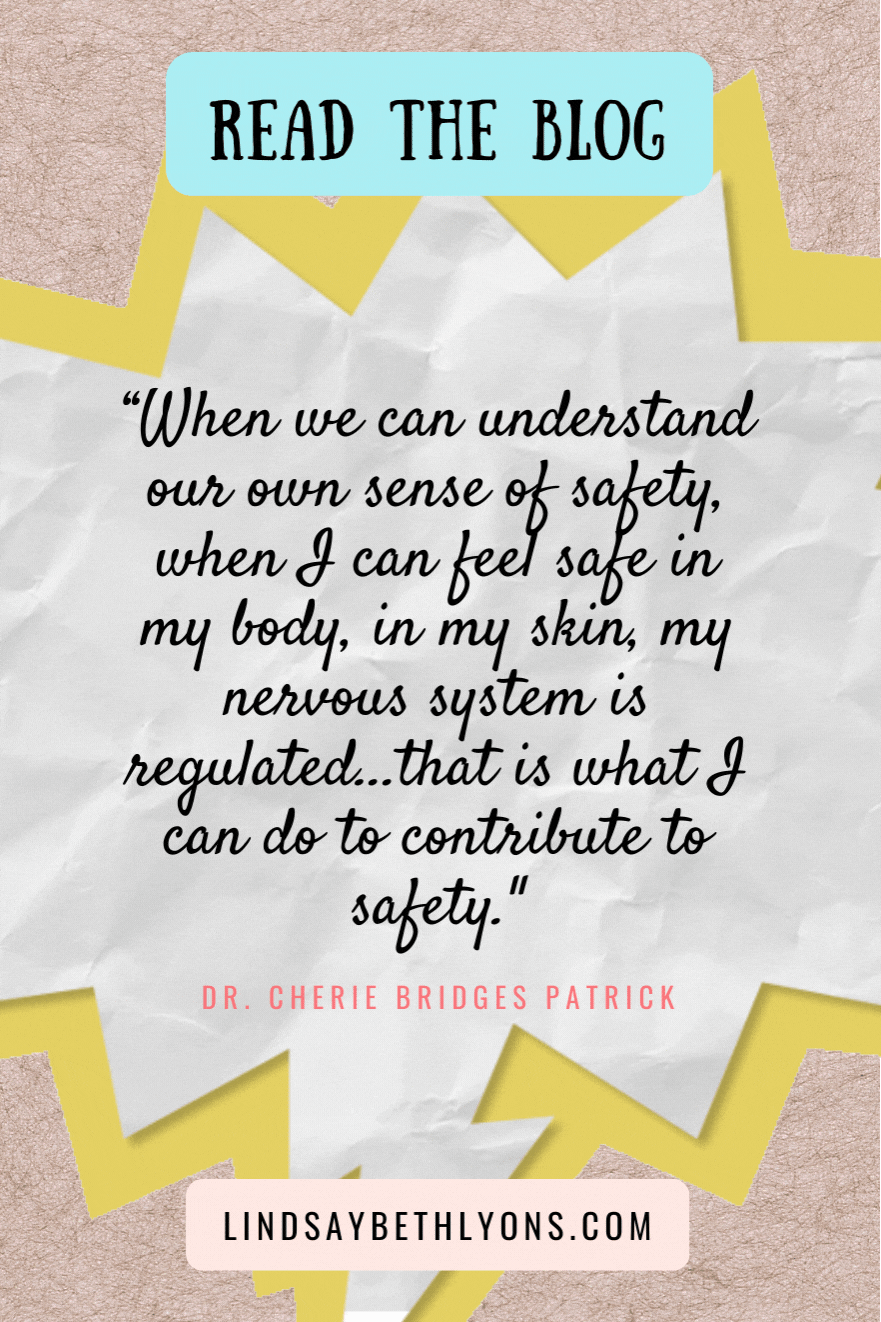
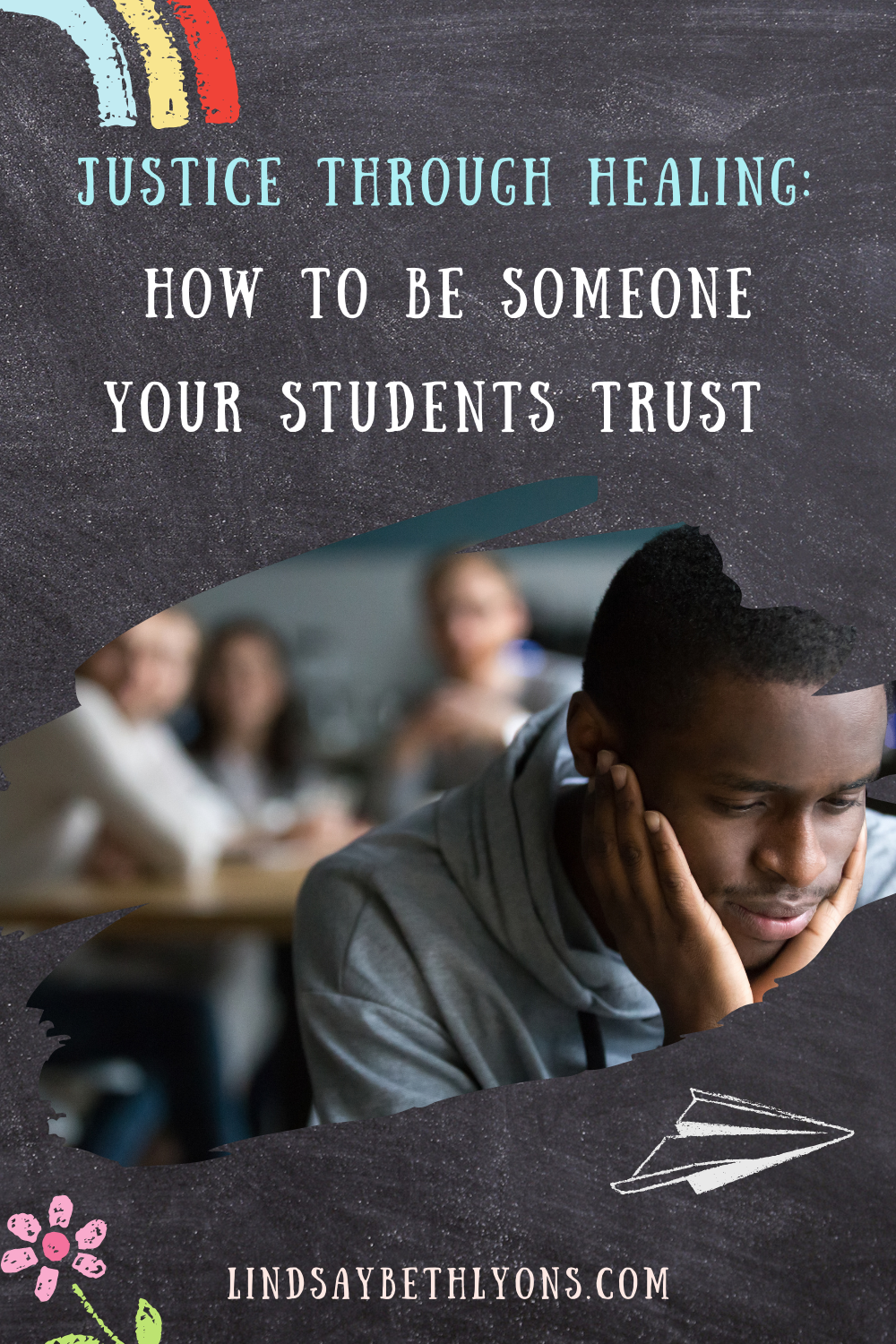
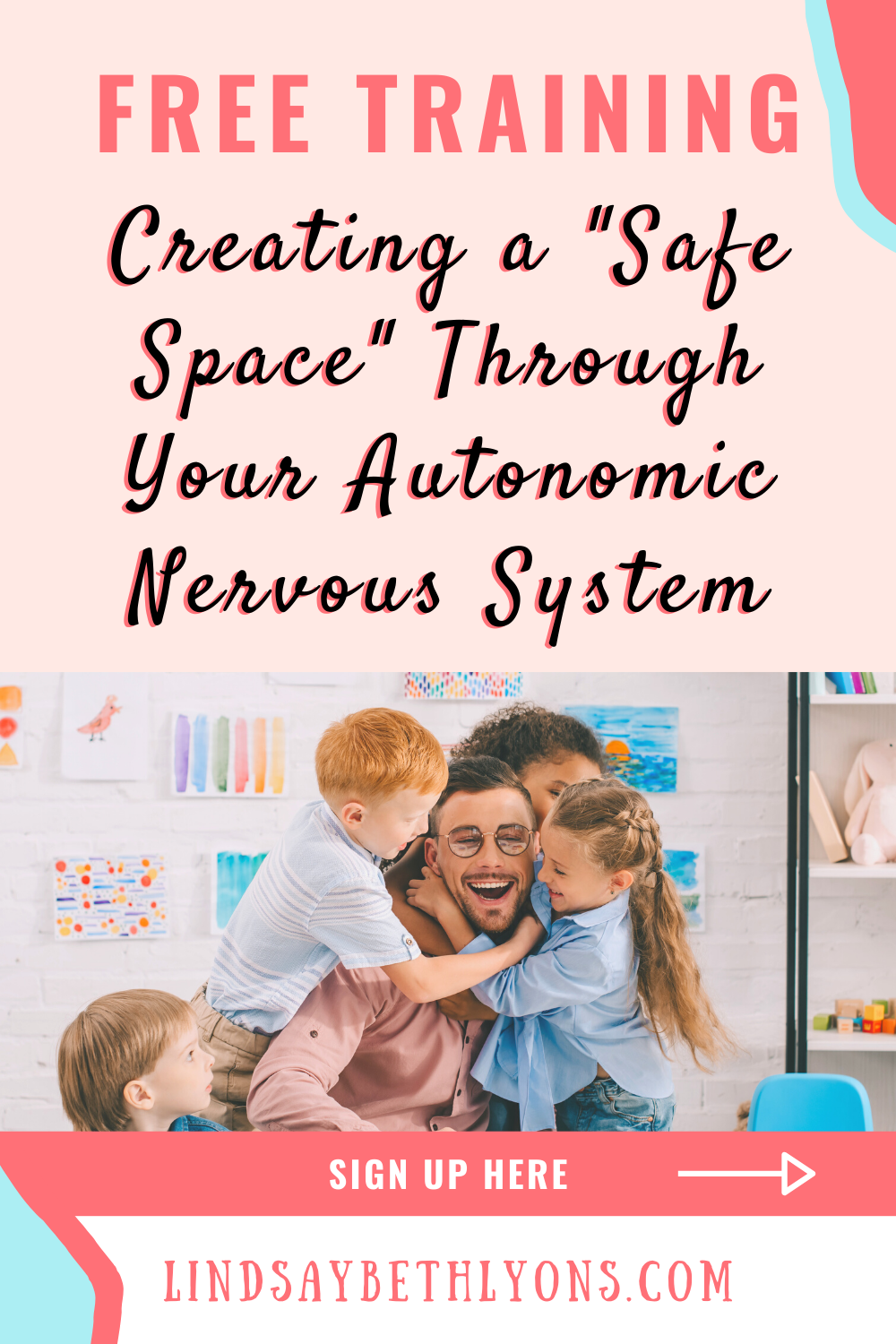
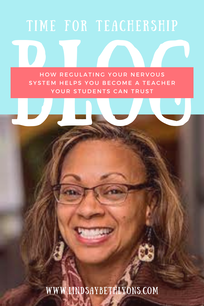
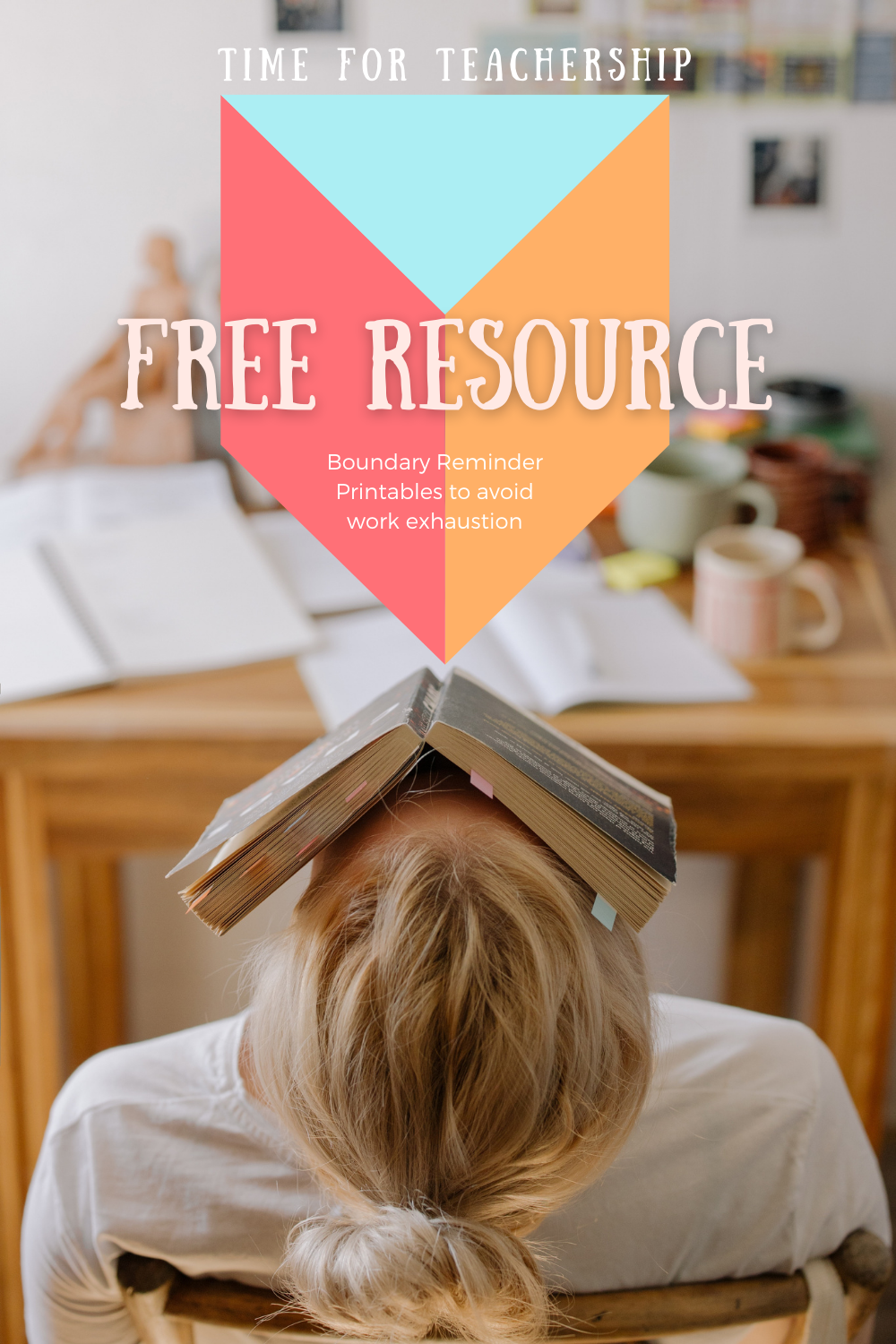

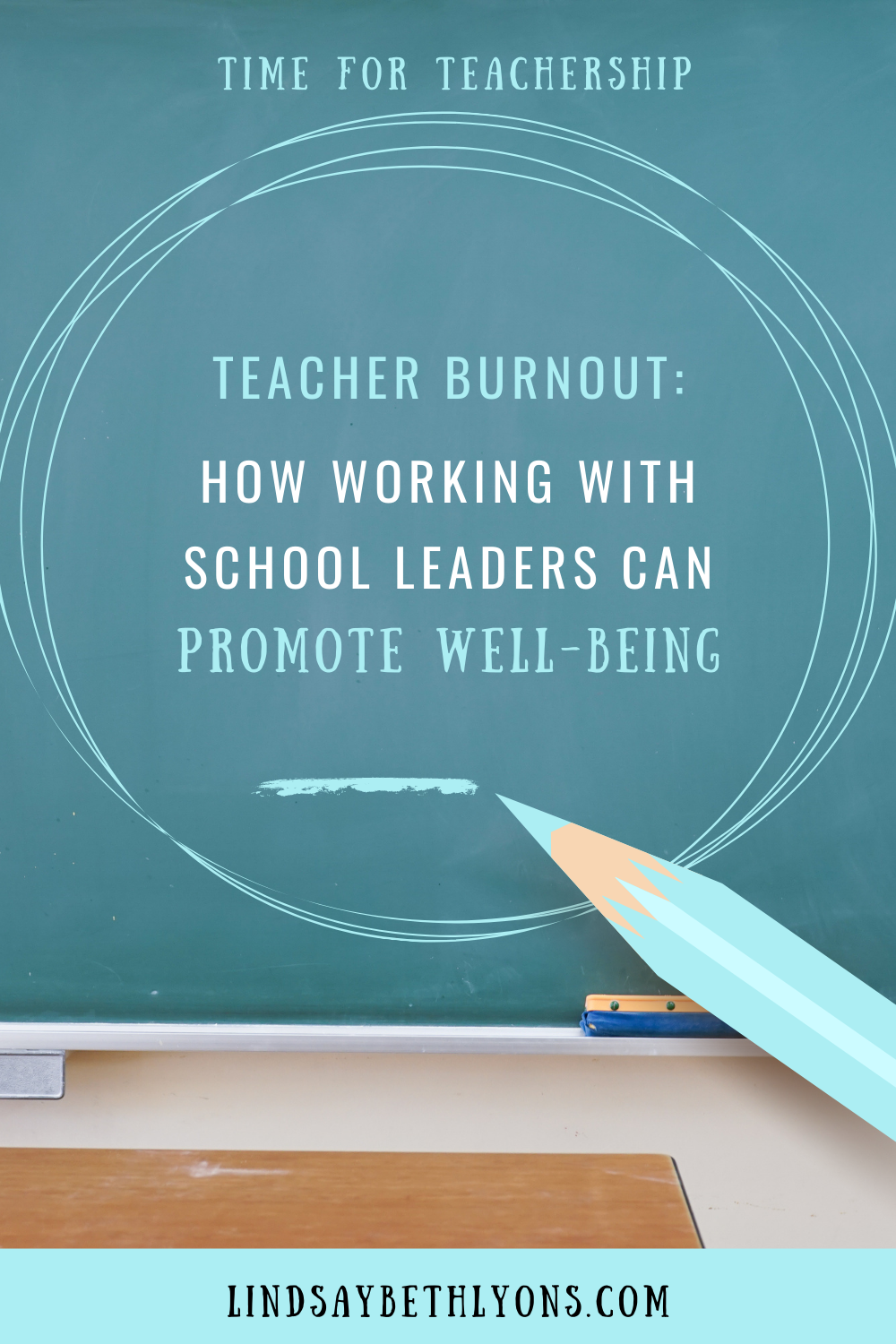
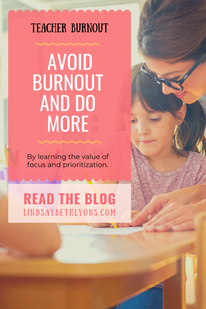
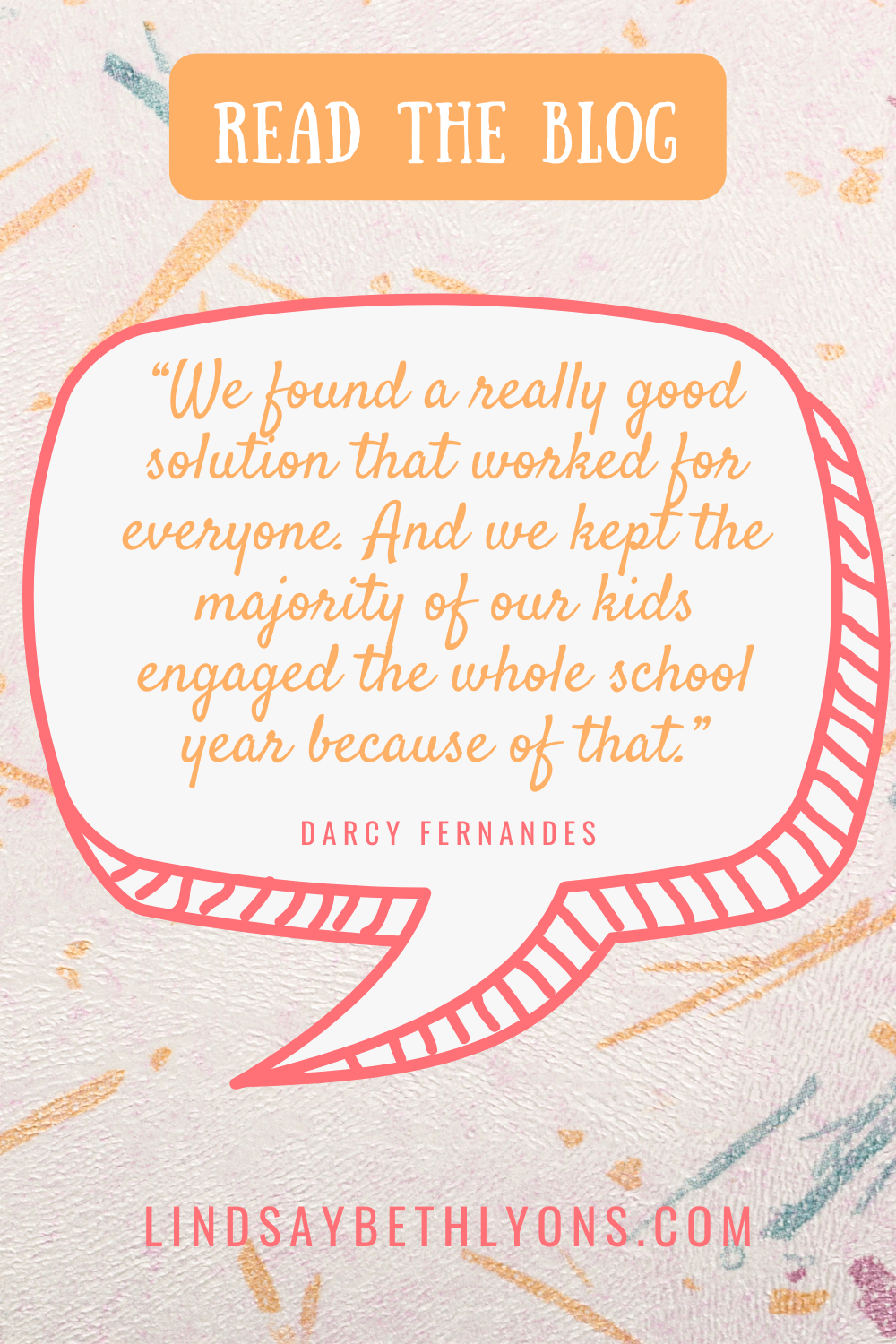
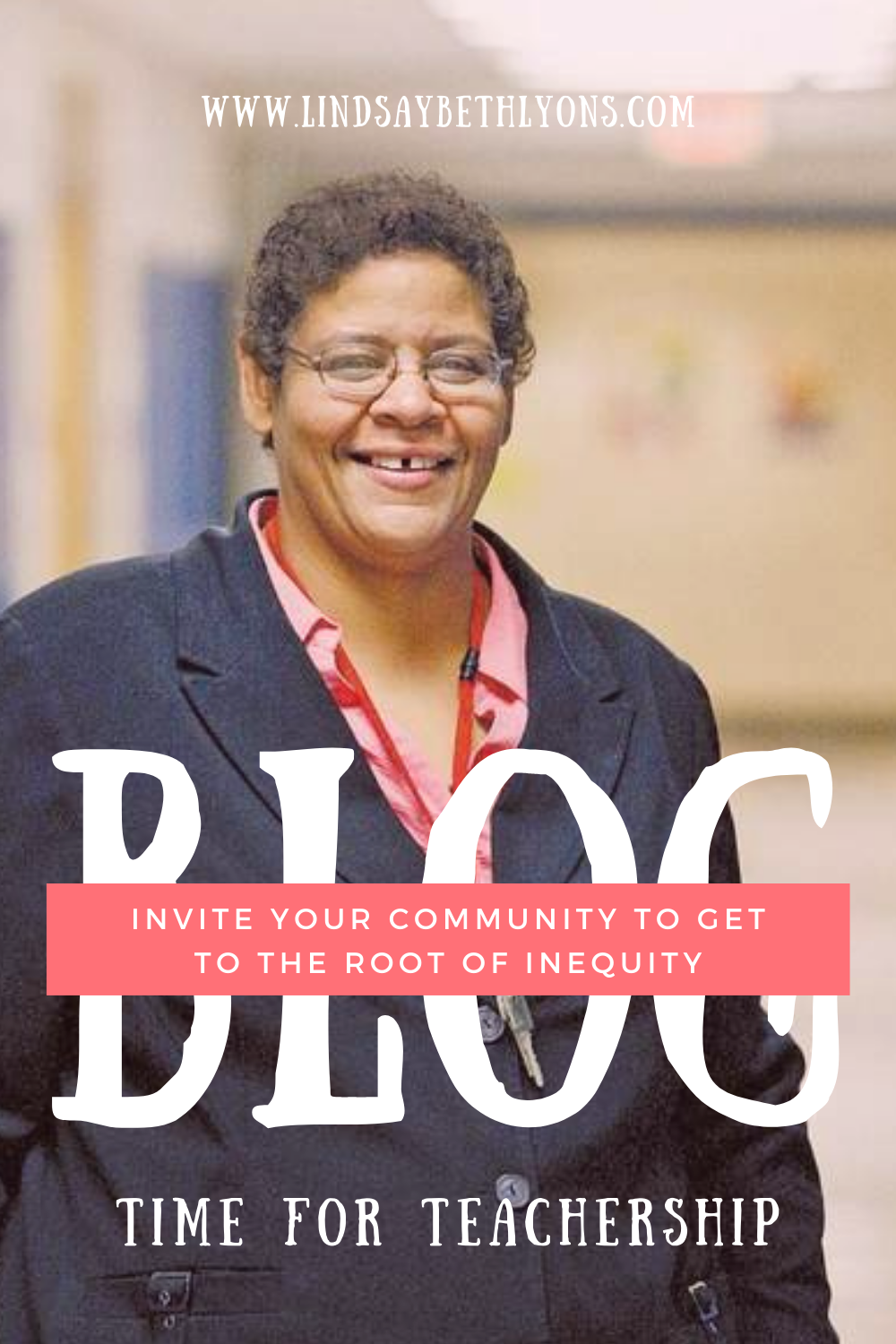
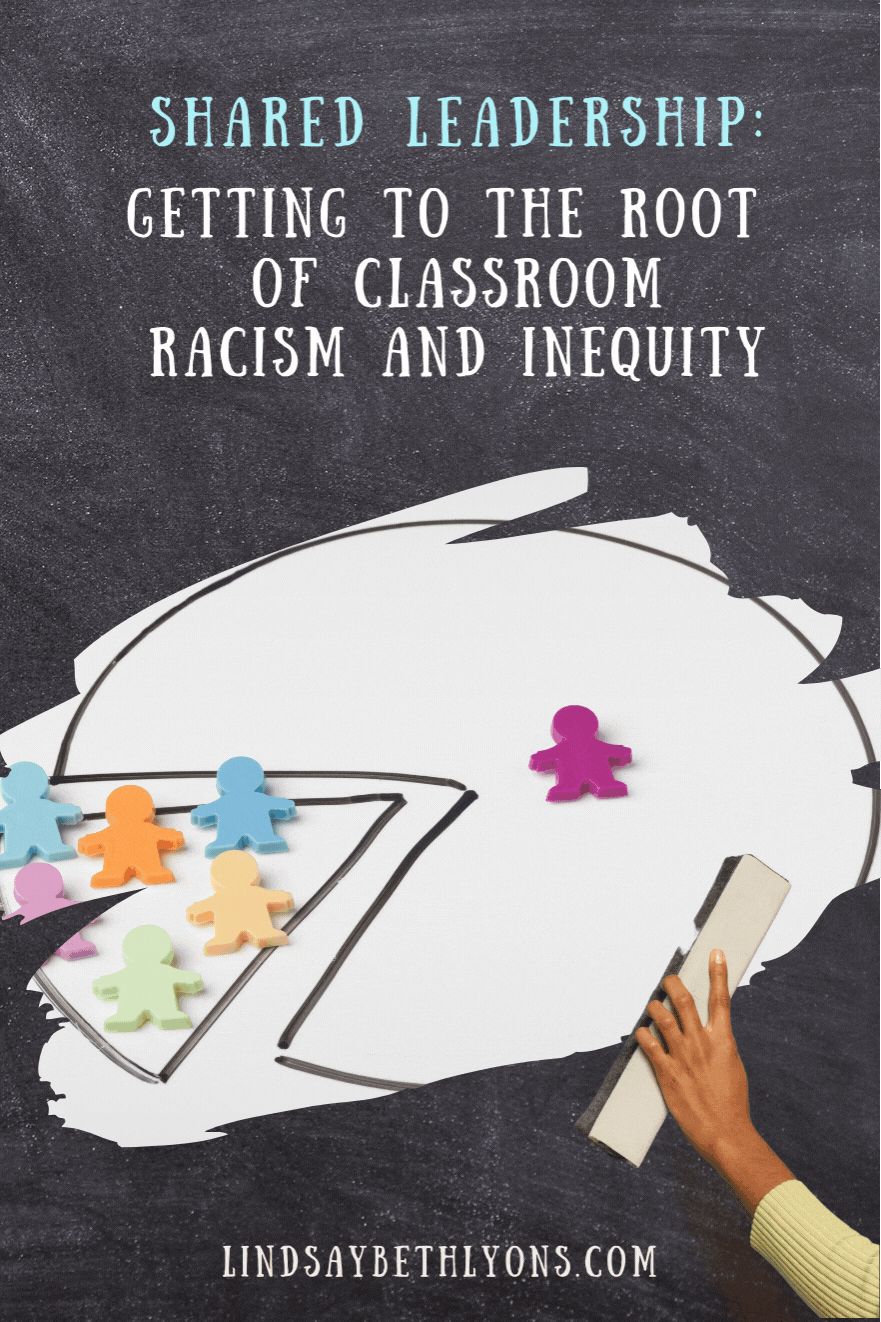
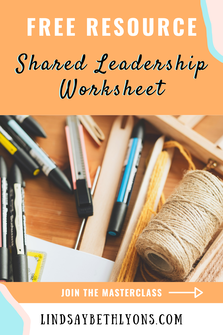
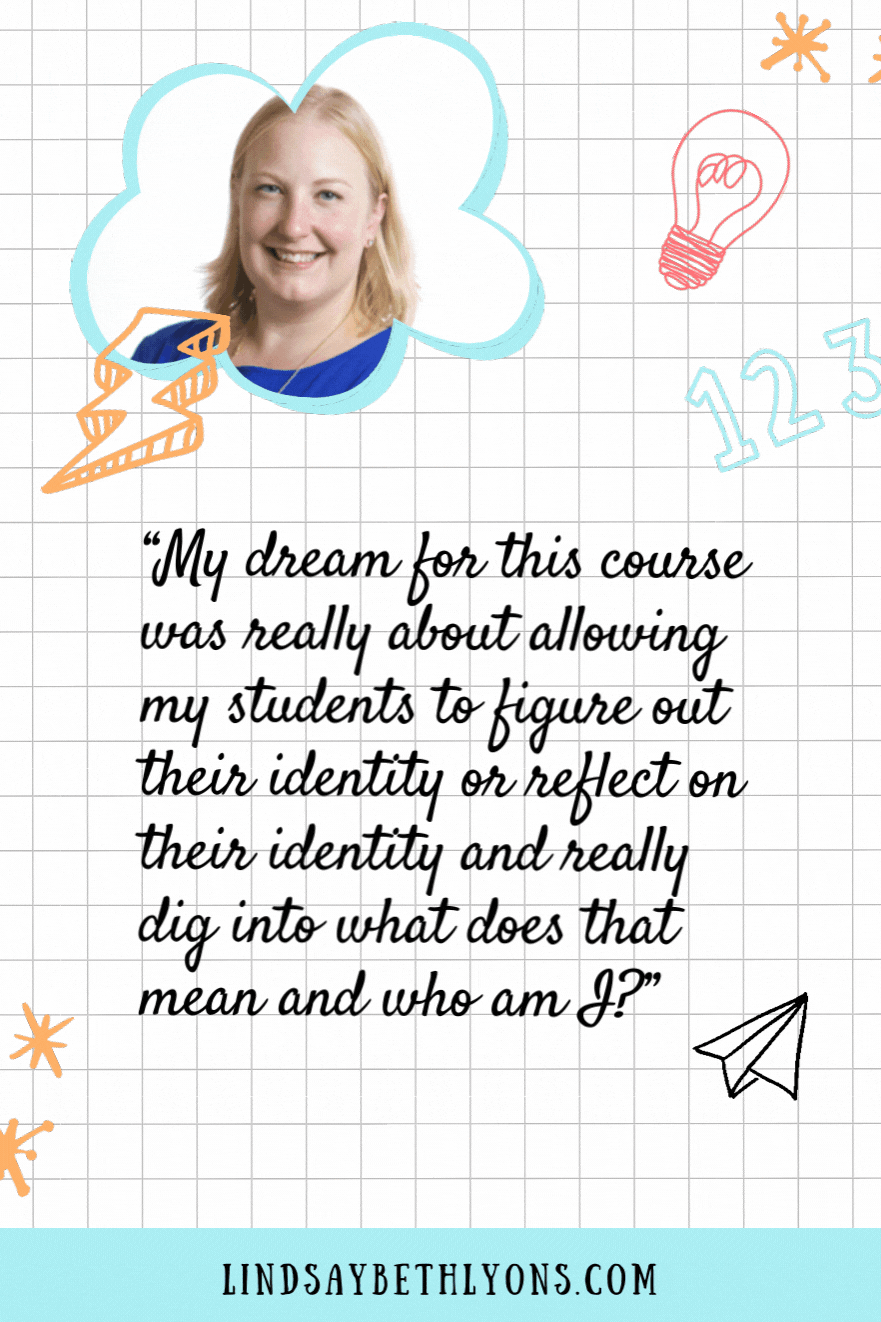
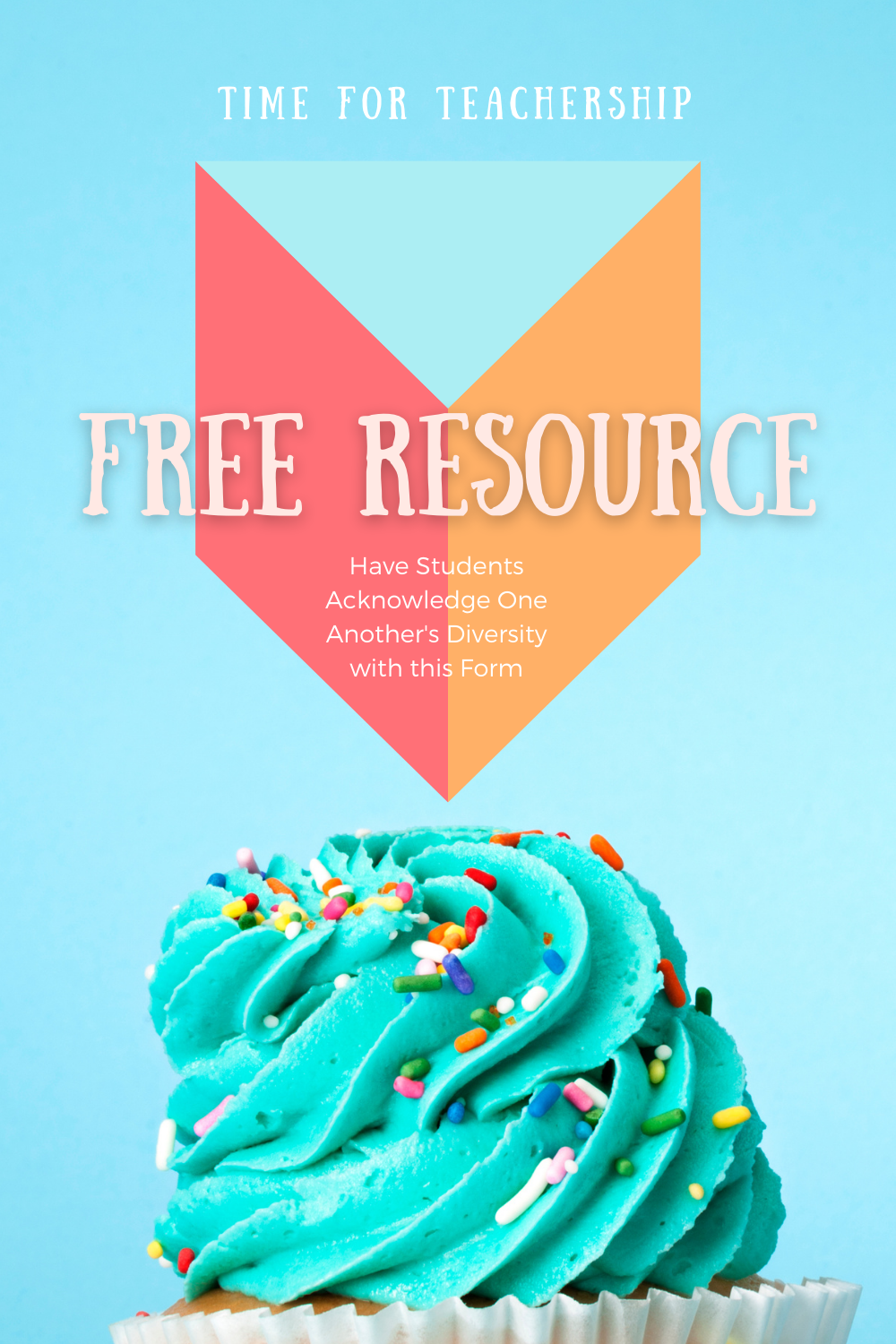
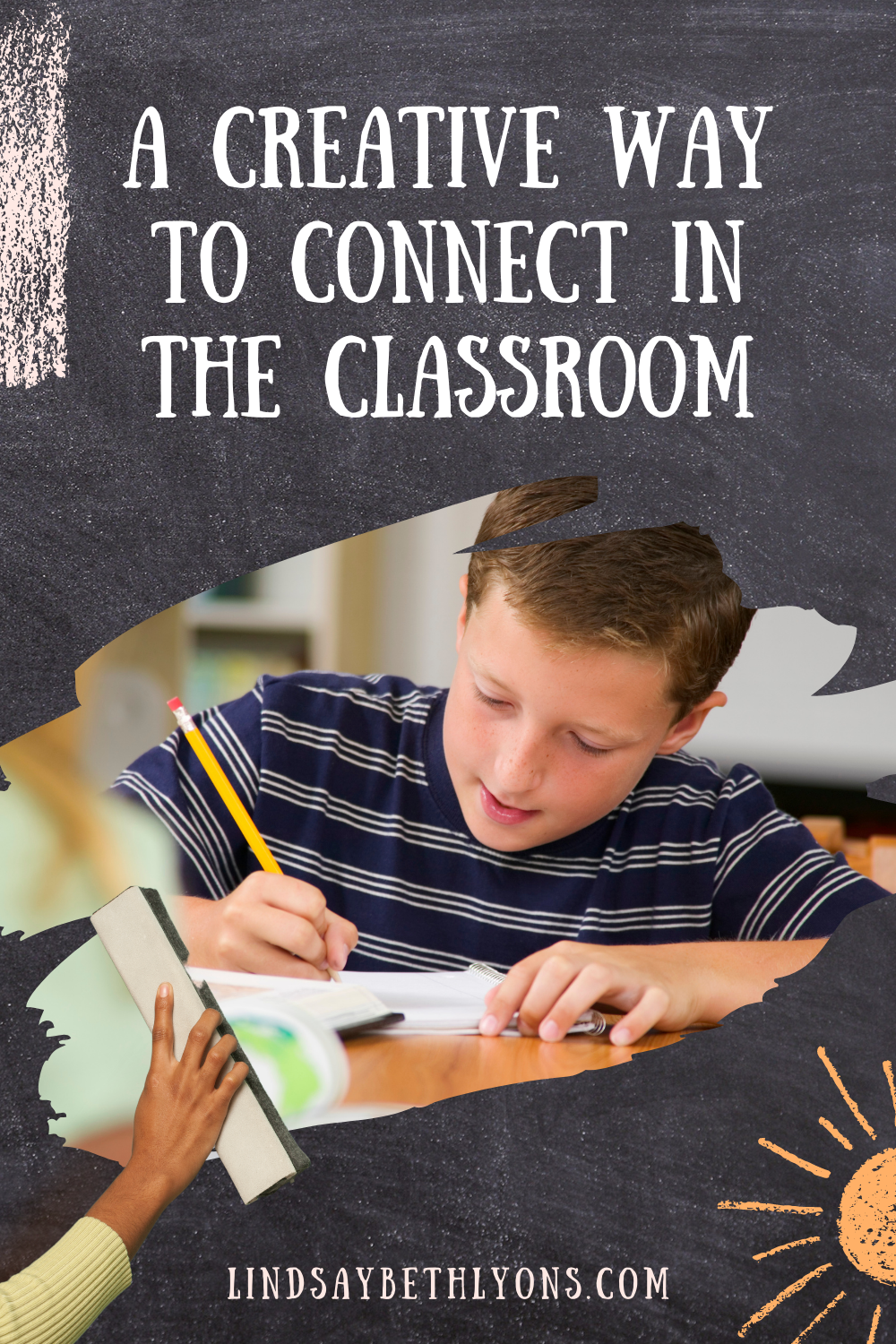
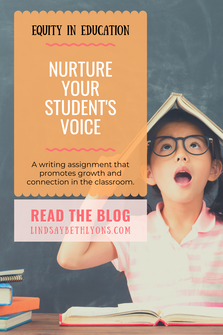
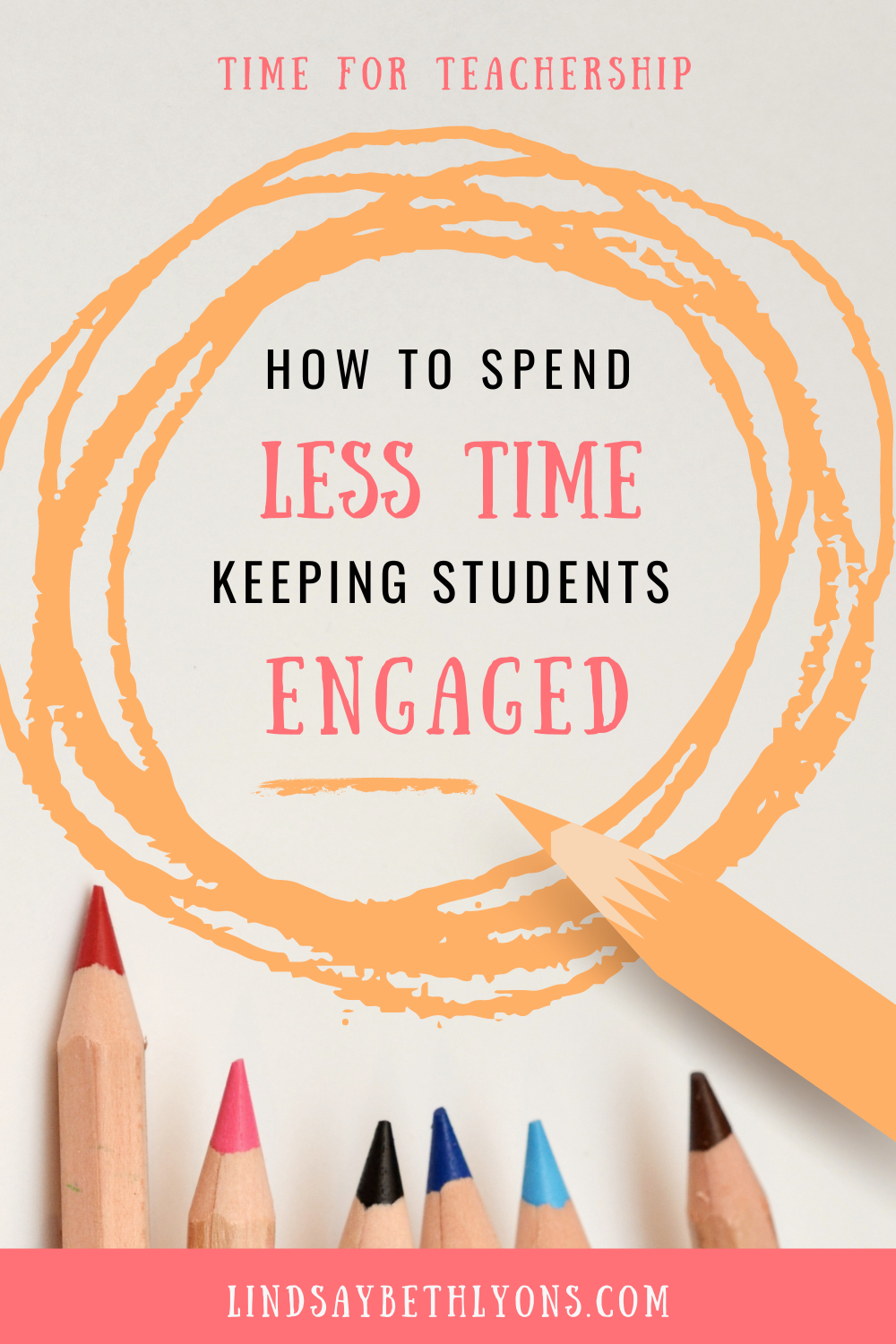
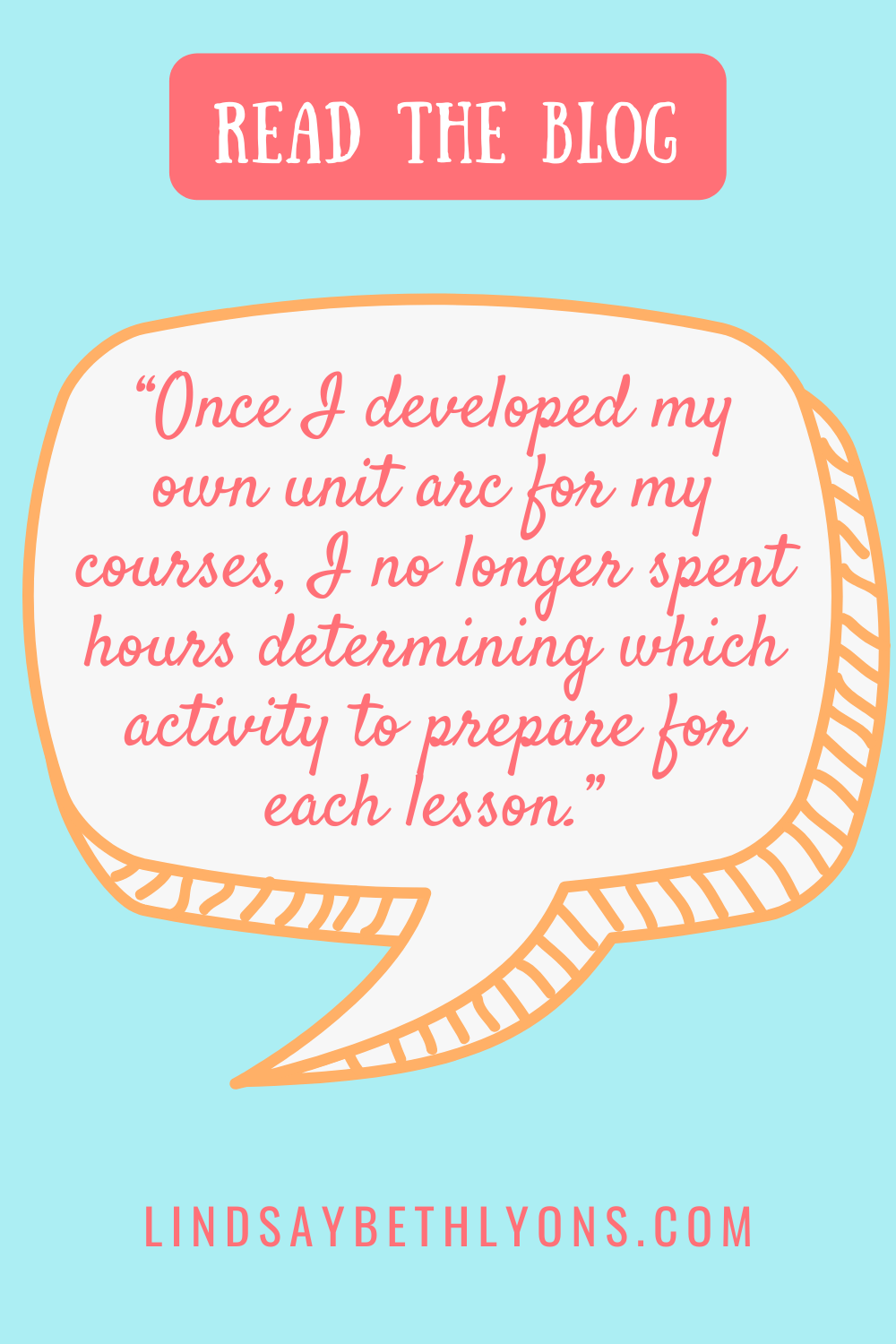
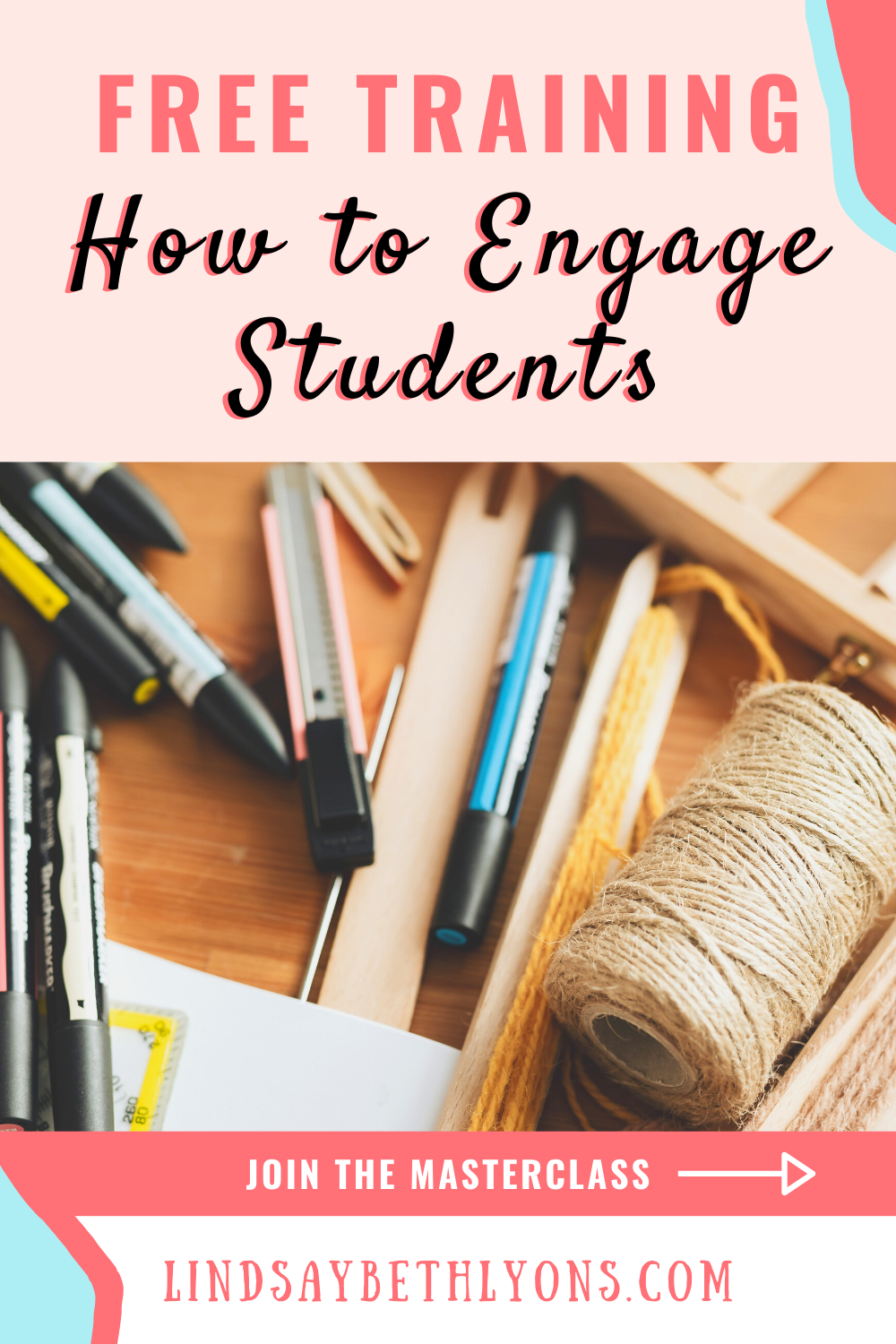
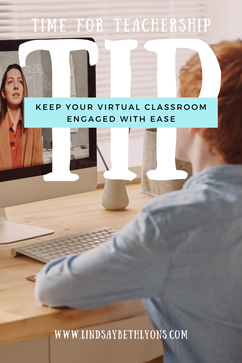
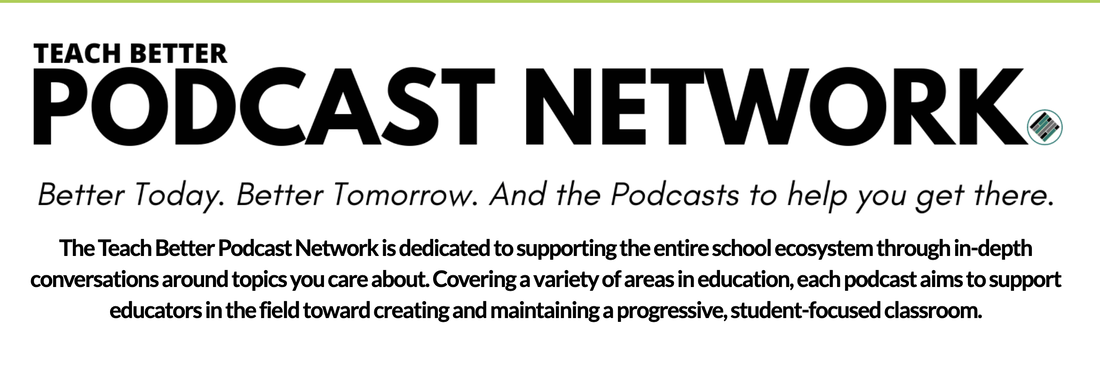
 RSS Feed
RSS Feed